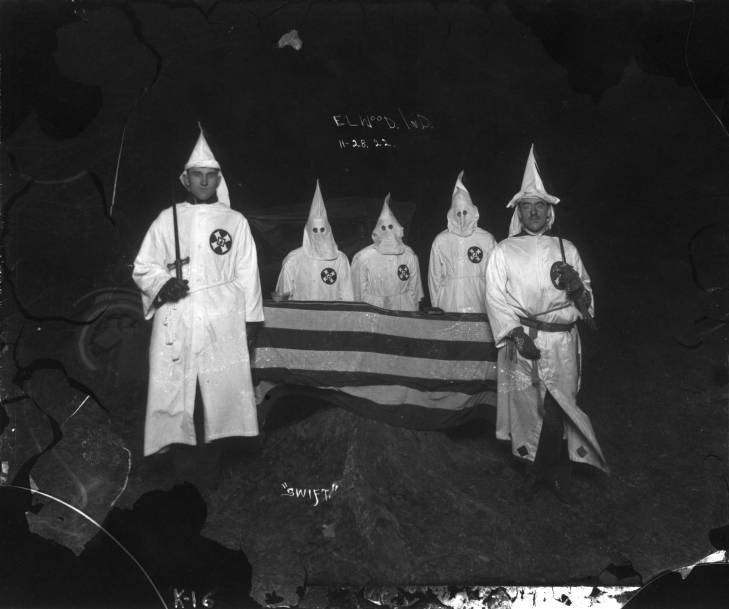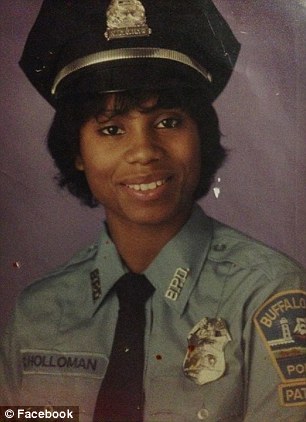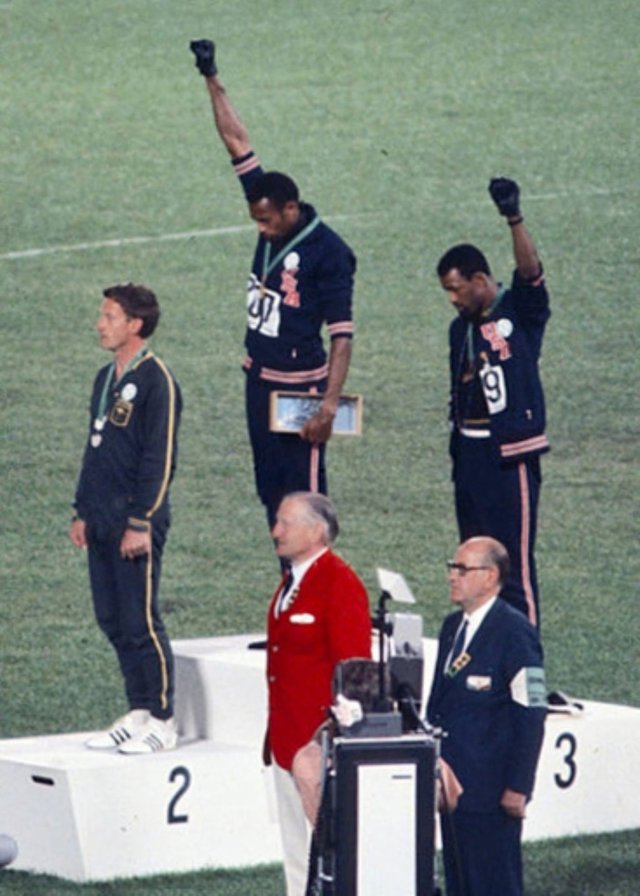While they were prevalent in the south, they were most common in the Midwest.
So the state of Maine dug up the graves, dumped the contents of 17 graves into five caskets, and buried those caskets at the same asylum they had placed the former Malaga residents.
As of the 2010 census, Phippsburg has a population of 2,216 and 11 Black residents.
And while this phenomenon was most predominant during the 1930s through the 1960s, they were not limited to that era.
For nonwhite Americans, their freedom and lives were at risk every stop along the path.
Levittown created the modern suburb as we know it today.
Including the requirement for whiteness.
It was the American Dream.
As long as you were white.
What made Levittown unique is that they targeted World War II veterans who benefited from the GI Bill to buy their first home.
This continued for well over a decade.
In New York State.
However, the town 'Hoosiers' was based on, Milan, wasn't an official sundown town, but the high school only got their first black student in 1984.
One, because it is the birthplace of Wendell Willkie, the 1940 Republican candidate for President of the United States.
And two, because it may be the most racist town north of the Mason-Dixon line.
Around the time of its incorporation as a town, it became one of the most notorious sundown towns in the United States.
"Nigger, don't let the sun set on you in Elwood."
Some, such as Elanor, West Virginia where out of a population of 1,518 have two Black residents.
Go here and find the nearest possible Sundown Town. Then do some research at your local library or historian, and see if we can get more information on this shameful chapter in our history.
And our present.
sundown.tougaloo.edu/content.php?fi…
This is "This Land"
It does have inappropriate language, including racial slurs.








